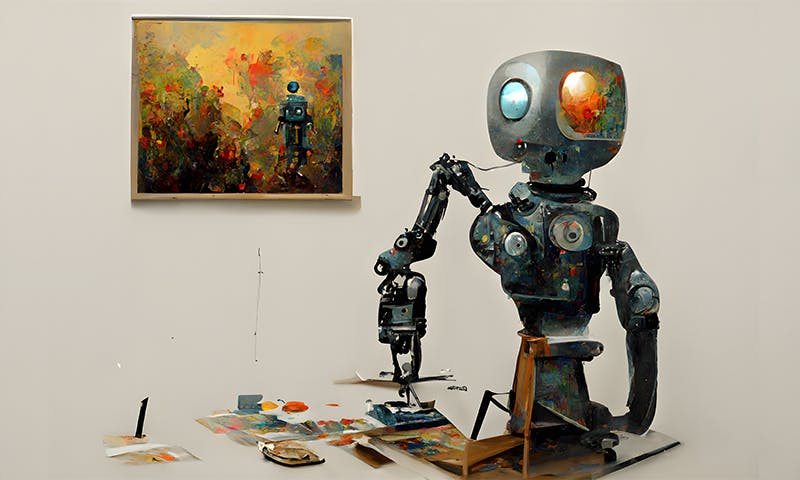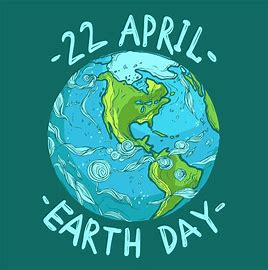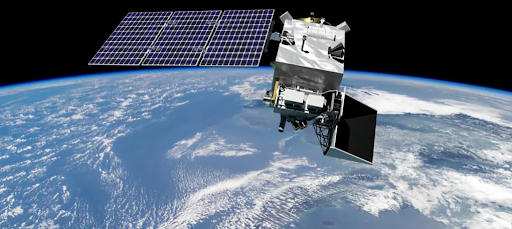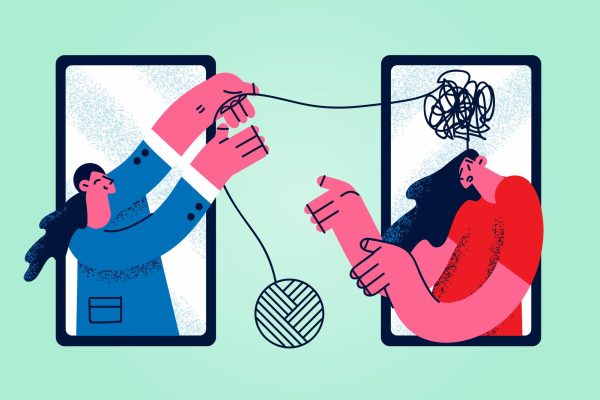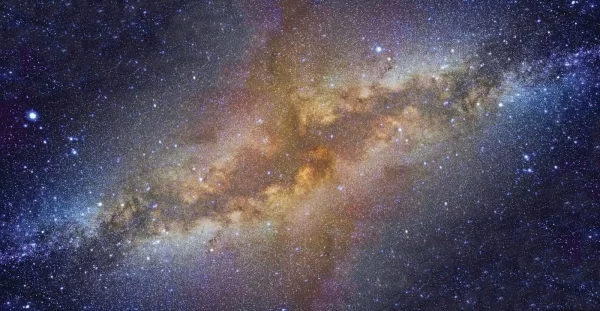AI and Art
We are in an age of booming technology that is rapidly revolutionizing the life we once knew.
Artificial Intelligence is recreating how people retain knowledge, and more importantly, the labor system. These thinking machines, able to execute tasks that normally require human intelligence and capability, are having a monumental impact on industries; in fact, CBS News recorded that in the next 15 to 25 years, machines and computer systems could ultimately replace 40% of the world’s entire workforce.By 2030, it is predicted that more than 1.5 million jobs will be lost to robots in the U.S.; in China this number is expected to exceed 11 million!
However, this only accounts for tedious and labor-intensive jobs such as manufacturers, data entry workers, market analysts, and cashiers; AI could never take over jobs that require human creativity and emotion…right?
Actually, AI has had a profound presence in the Art Industry, creating art that is just as good, if not better, than human-made art. Employers will likely turn away artists if they can use a machine that can produce magnificent art within a matter of seconds, and who they don’t have to pay a salary to. Unfortunately, this will lead to a decrease in the demand for human artists, and a potential drop in prices for human-created art.
Another downside to AI produced art is that unskilled people can work alongside AI to produce pieces on the level of that of a skilled artist, making it much more difficult for skilled artists to receive recognition for their work. Machine-Artists have contributed to severe copyright issues, mimicking and selling artwork created by humans for a cheaper price.
Although AI is a clear threat to living artists, those who support AI produced artwork provide the argument that every artist, including AI, is inspired by other images to create pieces of work, and that AI can help employ those who are willing to work alongside it in creating artwork. The famous Andy Warhol, for instance, put a spin on existing images like Campbell Soup, so why is he considered a ‘true artist’?
Ultimately, traditional artists are understandably in fear of AI destroying their livelihoods, and believe that artists that do produce work using AI are just cutting corners. AI has evidently spread to every workforce, and frighteningly even those that require human creativity; it is robbing people of their jobs, and making each workforce exceedingly competitive. It is imperative that we stay aware and informed of AI’s increasing intelligence, and try to support human artists whose skills and expertise are challenged each day by the synthetic art of AI.


